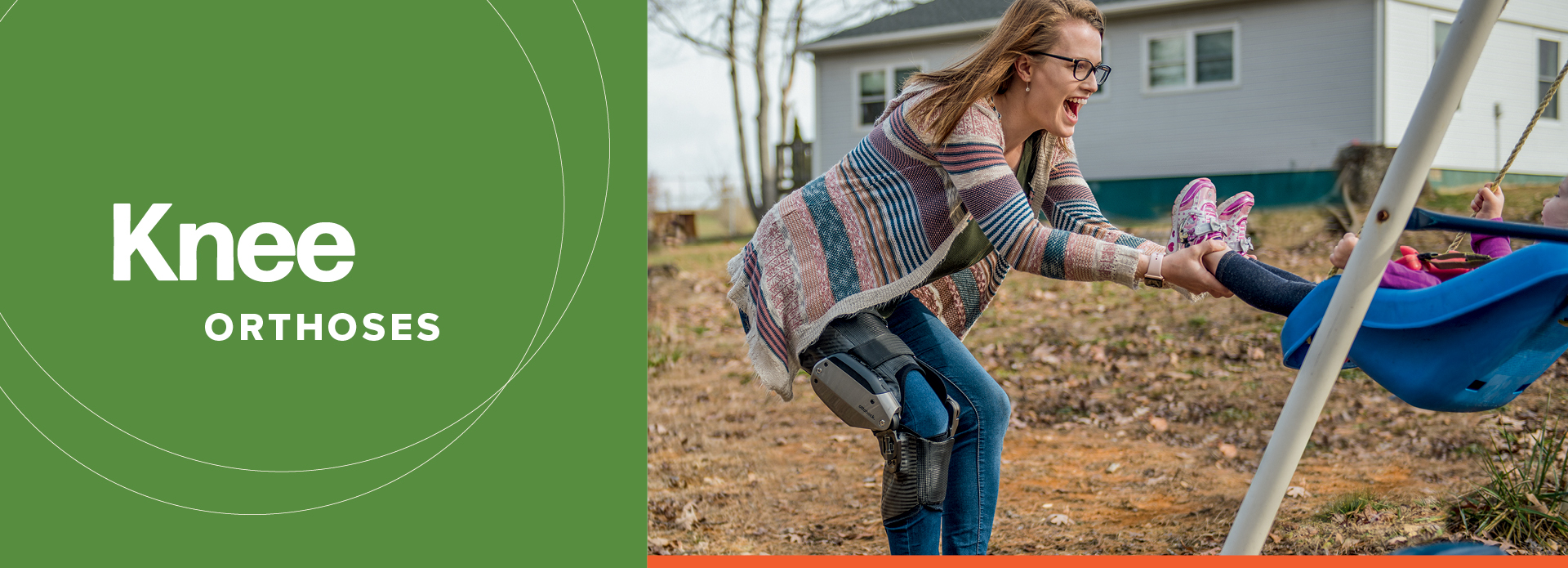
A knee orthosis (KO) or knee brace is worn to strengthen the knee. It is worn around the knee, and works by relieving pressure from the part of the knee joint affected by diseases such as arthritis or osteoarthritis. It also supports the knee, and provides the stability needed to perform daily activities. Knee braces may also help to properly align the knee to help reduce osteoarthritis pain. If pain or instability is experienced, a knee brace may be appropriate. It is beneficial in several ways; when used properly, a knee brace may help an athlete to stay in training.


Knee braces may also help by improving symmetry, enhancing the position and movement of the knee while reducing pain so a person may remain active.
Prophylactic braces are used primarily by athletes participating in contact sports. While it is possible that this type of brace will alter the force on the knee, when worn properly it decreases the rate of injury. Most of these braces are made of neoprene. It acts as a sleeve, providing support to the structure of the knee and reducing the knee’s ability to rotate.
Functional braces are designed for use by people who have already experienced a knee injury and need support to recover from it. They are also indicated to help people who are suffering from pain associated with arthritis. They are intended to reduce the rotation of the knee and support stability. They reduce the chance of hyperextension and increase the agility and strength of the knee. The majority of these are made of elastic. They are the least expensive of all braces and are easily found in a variety of sizes.

Rehabilitation braces are used to limit the movement of the knee in both medial and lateral directions. They are primarily used after injury or surgery to immobilize the leg. They are larger in size than other braces, due to their function.
A knee ankle foot orthosis (KAFO) is an orthosis that encompasses the knee, ankle and foot. Motion at all three of these lower limb areas is affected by a KAFO and can include: stopping motion, limiting motion, or assisting motion in any or all three planes of motion in a human joint: saggital, coronal, and axial. Mechanical hinges, as well as electrically controlled hinges have been used.
Conditions treated: paralysis, joint laxity or arthritis, fracture, and others.
The microprocessor-controlled C-Brace takes freedom of movement to a completely new level. The C-Brace is the firstever KAFO that allows users to flex their leg under load (in order to sit down, for example), and to navigate slopes, walk on uneven terrain, or descend stairs step-over-step. And the C-Brace has even more to offer. It’s smaller, so it can also be worn under clothing; and it’s lighter, so the user doesn’t need to exert as much effort when walking. Advanced sensor technology makes the entire gait pattern even more dynamic and responsive. The user can also change settings on their joint, e.g., switching to cycling mode, via a smartphone app.
Conditions treated: paraplegia, paralysis, neurological disorders.
The plastic designs are indicated for closer fit and maximum control of the foot, including supracondylar plastic KAFO, supracondylar plastic-metal KAFO, and plastic shells with metal uprights KAFO.
Stance control orthoses (SCOs) allow the patient’s knee to flex during the swing phase of gait and block flexion in stance phase for stability. A SCO’s ability to provide knee flexion during swing phase allows patients to walk with less effort and a more symmetrical gait pattern.
The E-MAG Active is calibrated specifically to each patient, and throughout the walking motion – or phase of gait. The sensor integrated into the electronics uses data to unlock the knee joint at the right point of gait.
KAFOs consist of an AFO with metal uprights, a mechanical knee joint, and two thigh bands. KAFOs can be used in quadriceps paralysis or weakness to maintain knee stability and control flexible genu valgum(knock-knees) or varum (Bowleggedness). A KAFO also is used to limit the weight bearing of the thigh, leg, and foot.
